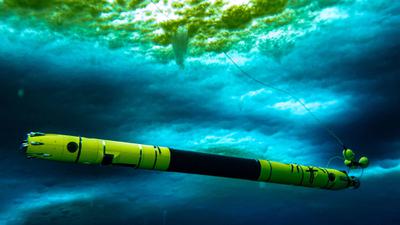Scientists have captured the first-ever photos and video of the ocean-floor foundations of the Thwaites Glacier in Antarctica, a major contributor to global sea level rise. The researchers used an underwater robotic vehicle to document where the bottom of the ice meets the seafloor, an area known as the grounding line that is critical to the stability of the glacier.
“It’s the first time anyone… has ever even seen the grounding zone of a major glacier under the water,” Britney Schmidt, a member of the International Thwaites Glacier Collaboration (ITGC) from the Georgia Institute of Technology, said in a statement. “That’s the place where the greatest degree of melting and destabilization can occur.”
Melting on the Thwaites Glacier currently accounts for 4 percent of global sea level rise. But scientists estimate that the glacier, which covers an area roughly the size of Florida, holds enough ice to potentially boost levels by as much as 25 inches. If the glacier continues to lose ice and its grounding line move inland, it could eventually collapse under its own weight, resulting in a surge of sea level rise. Over the past 30 years, the amount of ice flowing into the sea from Thwaites and its neighboring glaciers has nearly doubled.
Members of the ITGC, a scientific partnership between researchers in the United States and United Kingdom, lowered the underwater robot, Icefin, through a 2,300-foot hole to the bottom of the Thwaites Glacier. The robot carried out five missions, covering 9 miles roundtrip as it collected video and photos of the foundations of Thwaites.
“We know that warmer ocean waters are eroding many of West Antarctica’s glaciers, but we’re particularly concerned about Thwaites,” said Keith Nicholls, an oceanographer from the British Antarctic Survey. “This new data will provide a new perspective of the processes taking place, so we can predict future change with more certainty.”



